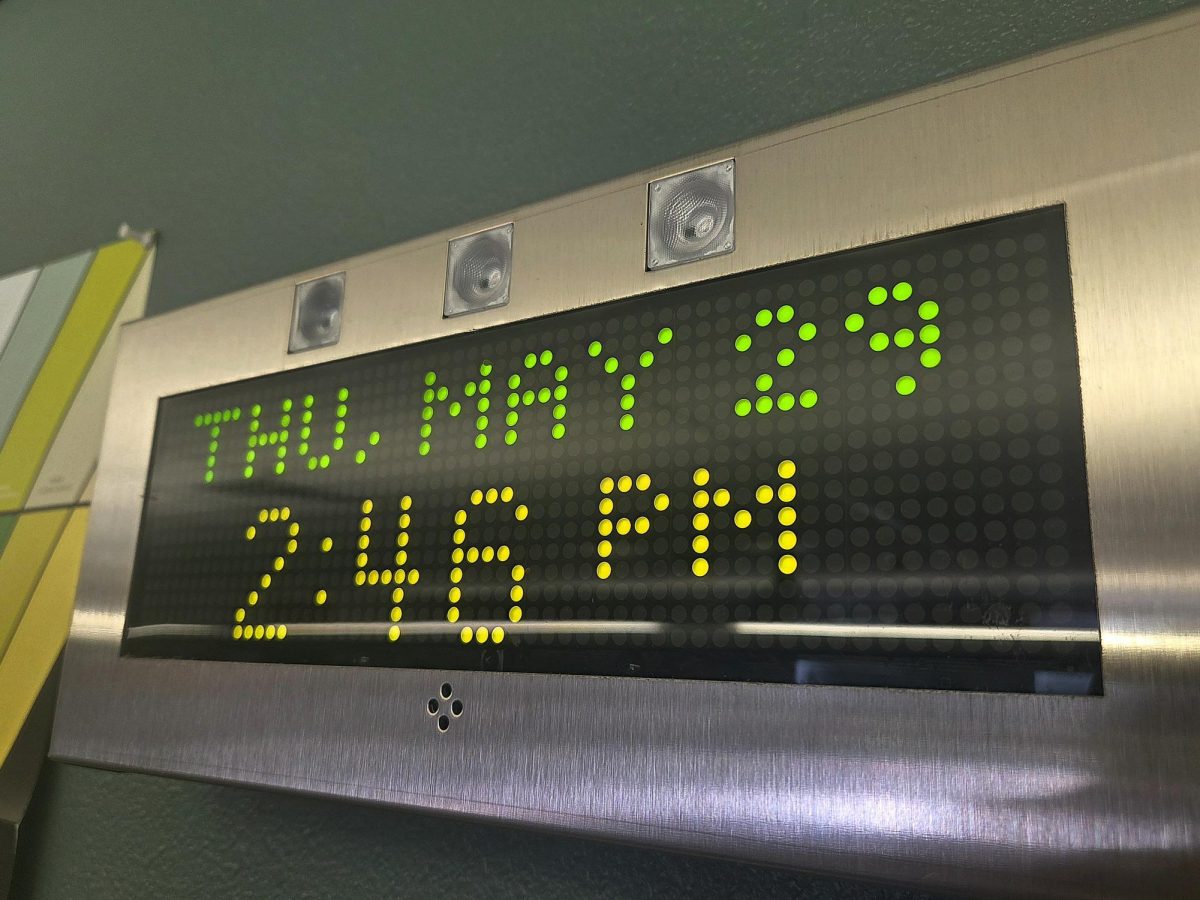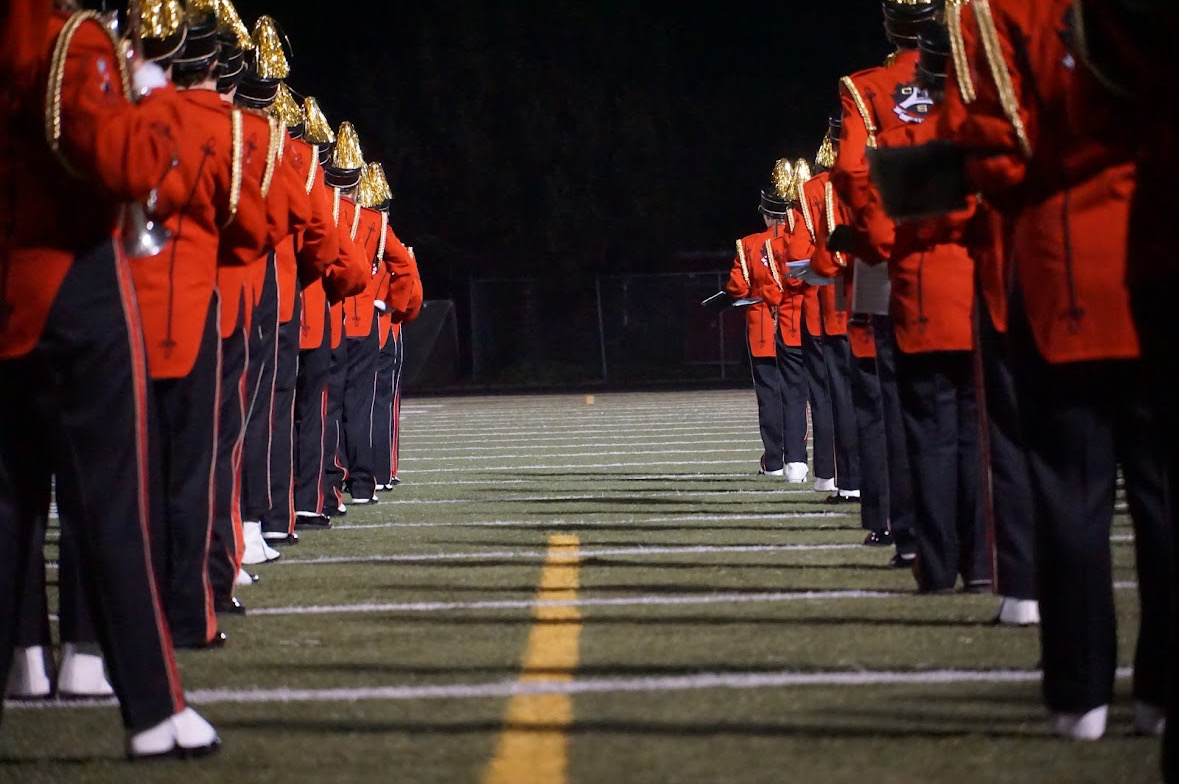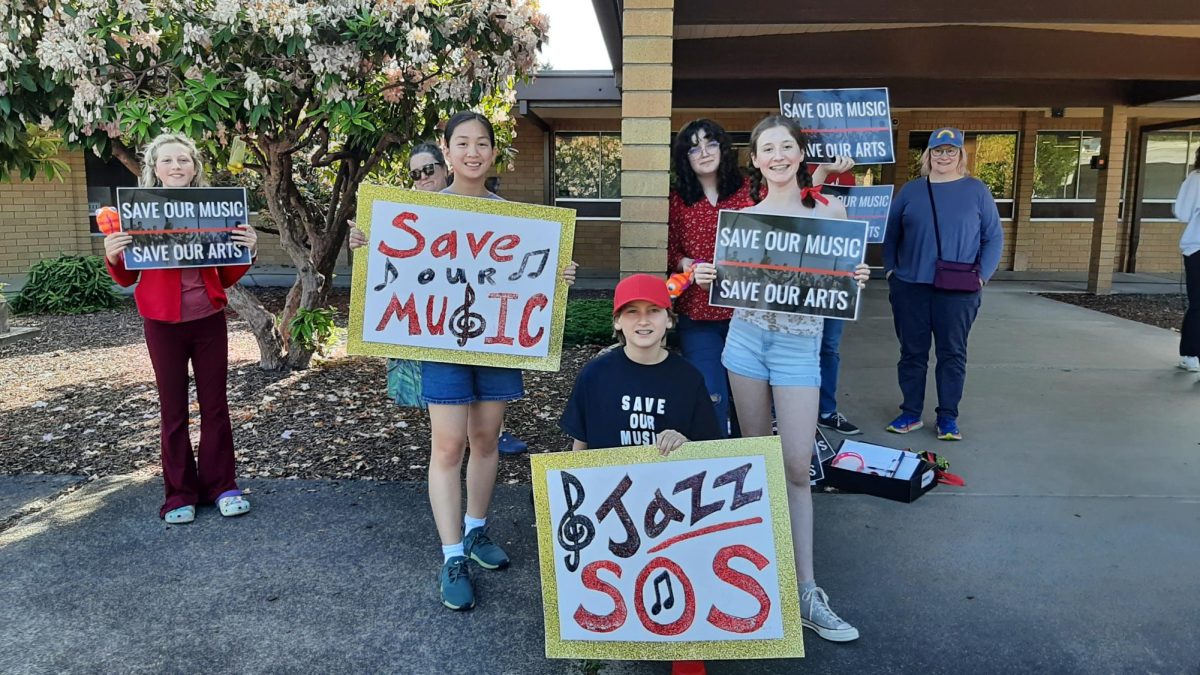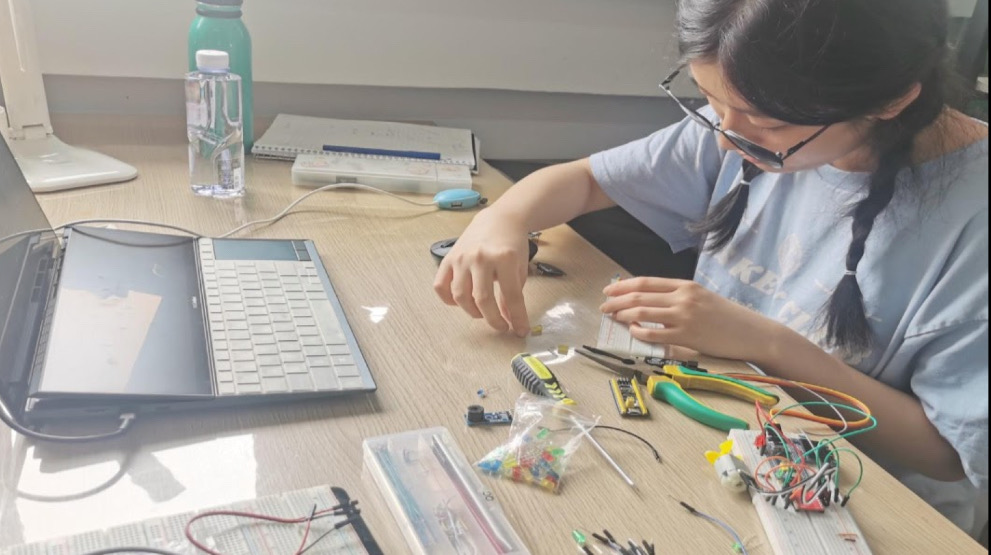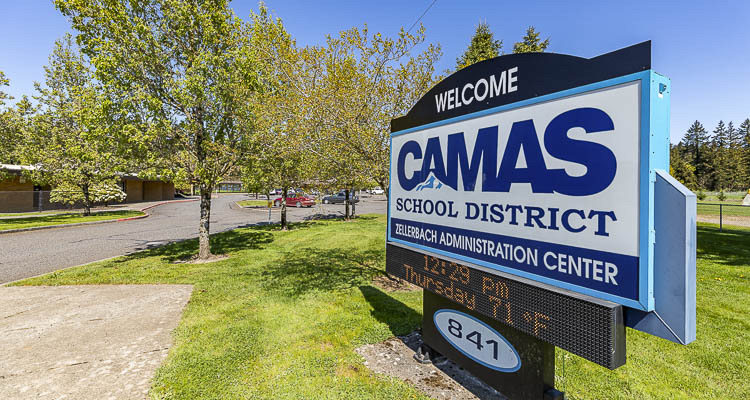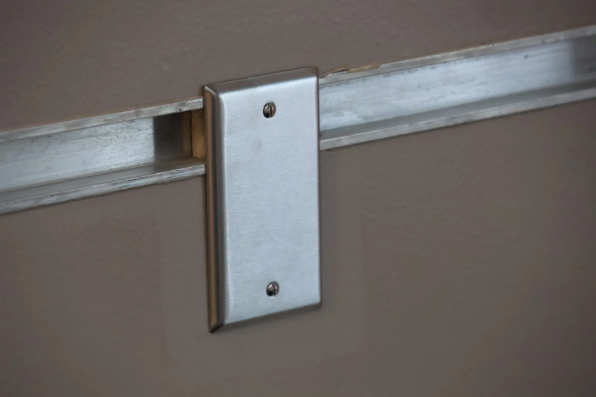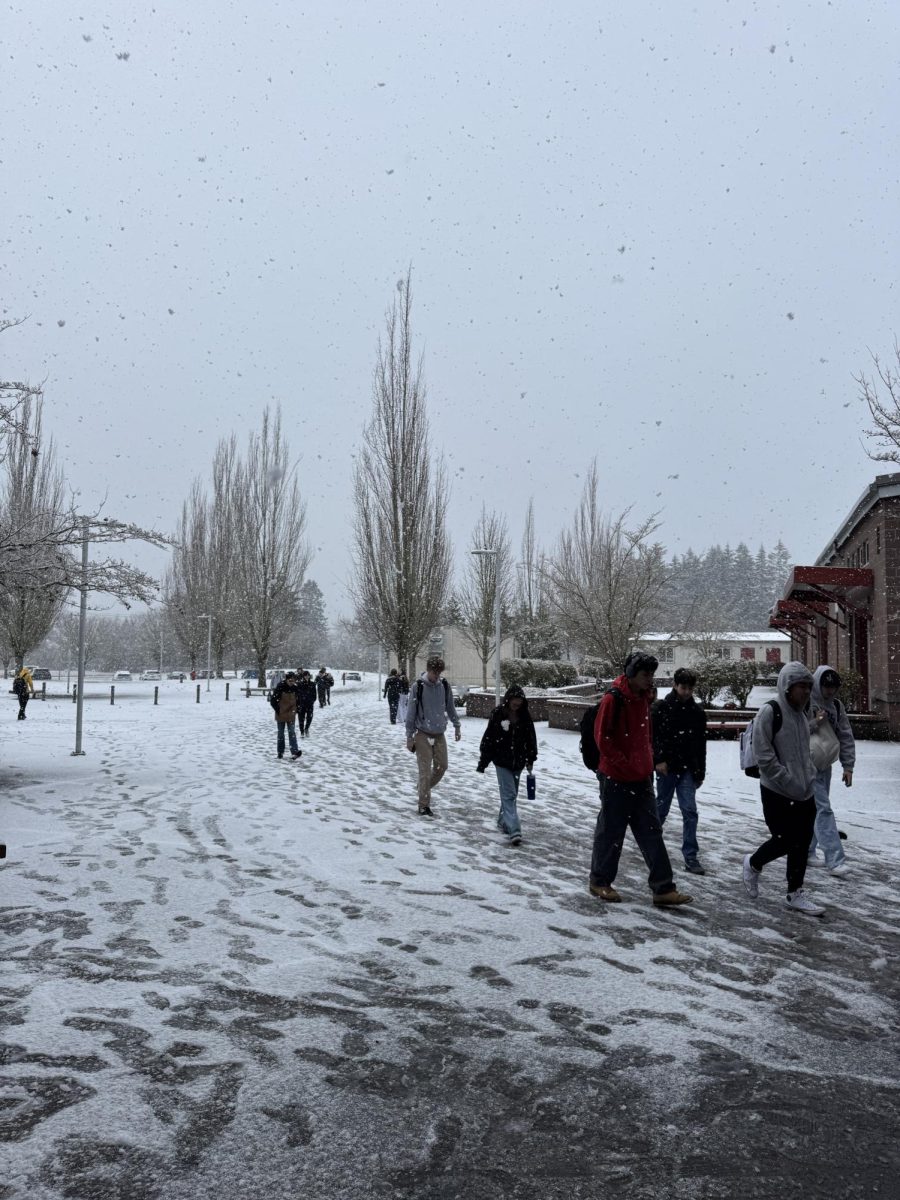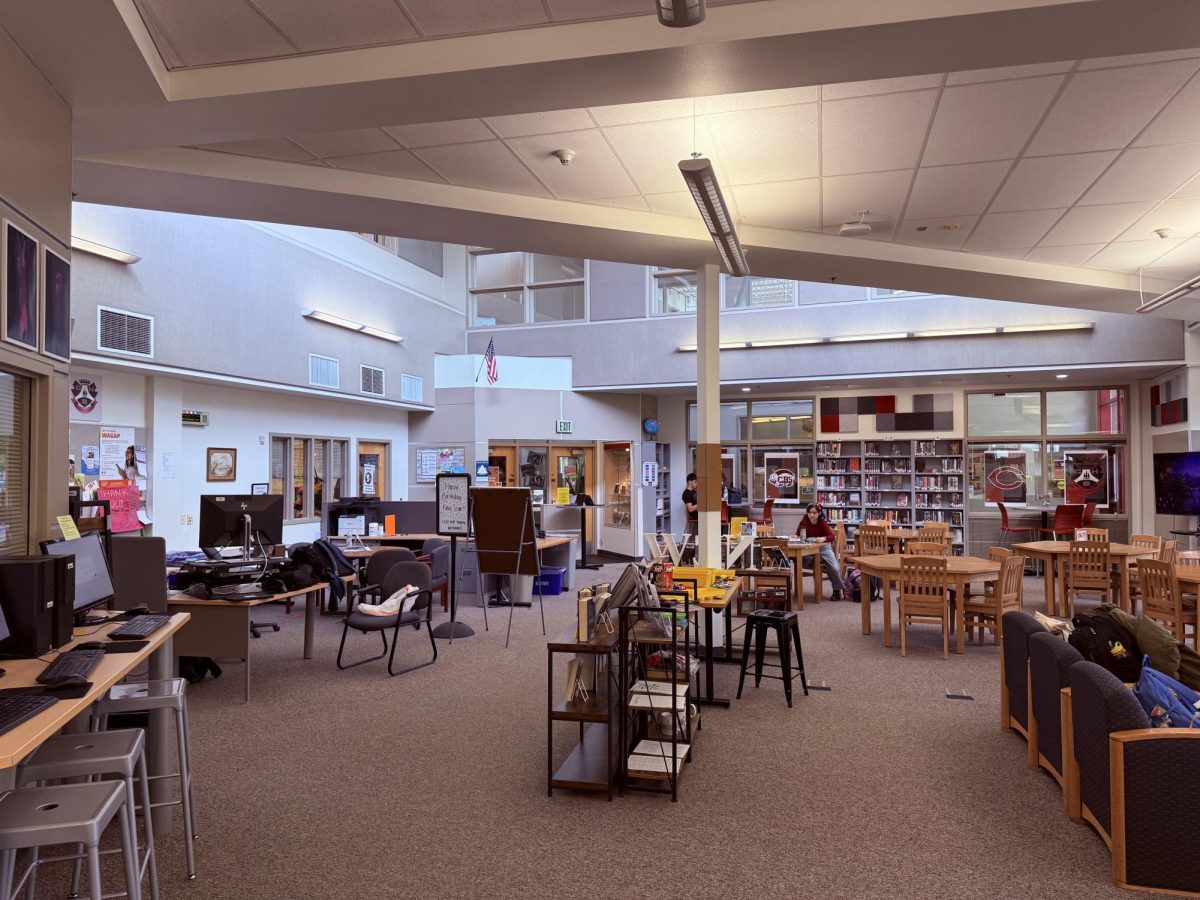Camas High School (CHS) has removed its fire alarm pull stations, a safety staple that has long been embedded in the infrastructure of schools. The decision comes as part of a district-wide move to modernize safety protocols, reflecting a national trend to phase out outdated methods in favor of technology-driven solutions. But while staff were notified of the change, many students remained in the dark, sparking questions—and some confusion—about how this affects campus safety.
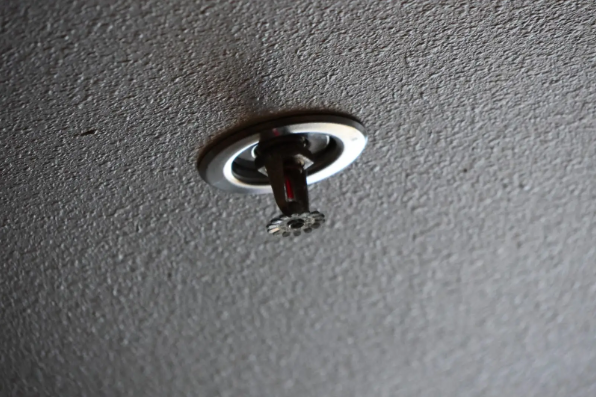
The CHS Associate Principal, Owen Sanford, explained the reasoning behind the decision.
“The number of false alarms caused by students pulling them was a significant disruption to the school environment,” Sanford said. “In fact, the only time one was pulled this year, it wasn’t due to an actual fire. Yet we had to evacuate over 2,000 people, which created its own safety concerns.”
Students, however, were not formally informed of the change, and this lack of communication has left some uneasy.
“It’s an unusual thing for admin to do without letting the student body know,” one anonymous CHS student said. “Isn’t it some kind of safety risk? How are we supposed to report an emergency?”
Sanford acknowledged these concerns but emphasized the district’s confidence in other safety measures. He pointed out that the school is equipped with advanced smoke detection systems and a streamlined emergency reporting process. Instead of pull stations, staff can now dial a direct number to the main office, which dispatches administrators, security and custodians via radio.
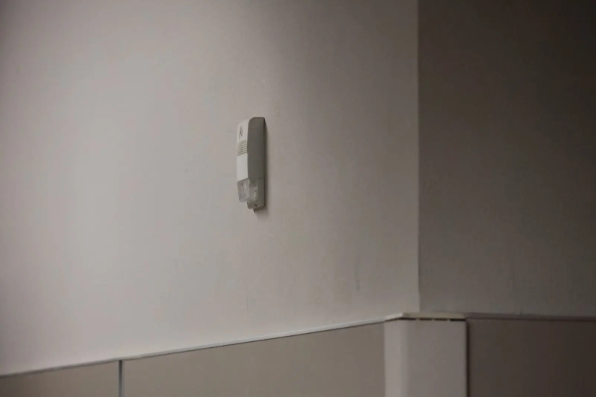
“This method is faster and provides more context compared to an ambiguous alarm,” Sanford said.
However, the shift has also prompted questions about compliance with fire codes. While Sanford admitted he is not an expert in fire code regulations, he expressed confidence that the change adheres to all safety standards.
“Schools go through regular inspections,” Sanford said. “This kind of decision would have been reviewed thoroughly before implementation.”
The absence of pull stations may not significantly impact the evacuation plan or overall safety measures, but some students feel it represents a lack of transparency. A few journalism students at CHS noticed the removal only when they tried to photograph a pull station for a project and could not find one.
As schools across the country adapt to evolving safety needs, removing pull stations signals a shift in how emergencies are managed.
“There’s a gap in understanding,” Sanford said. “I think educating students about the new system and why these changes were made would alleviate any concerns they have.”



